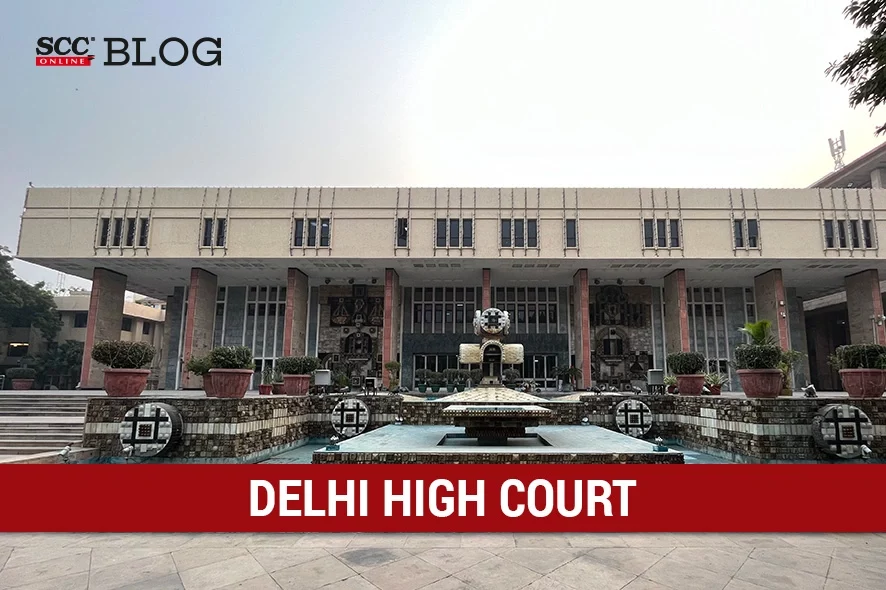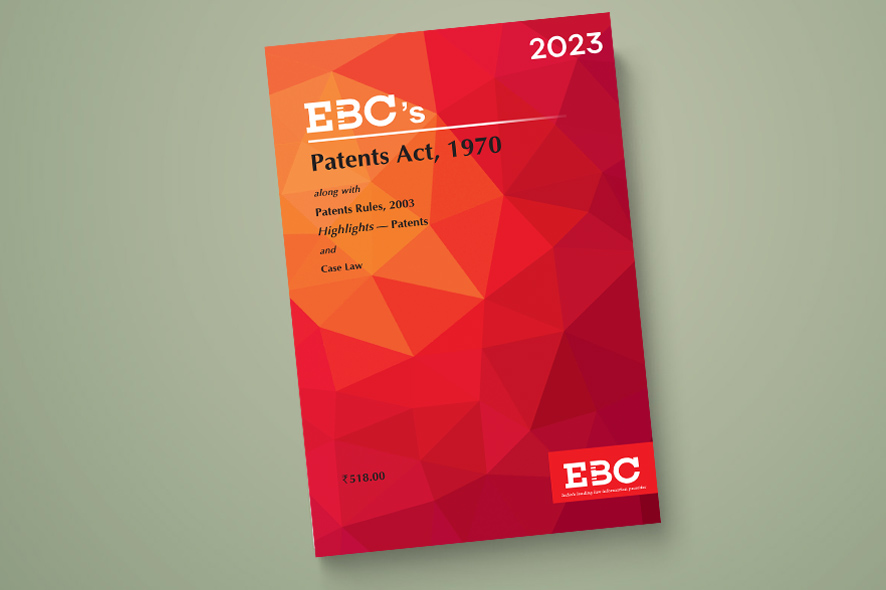Delhi High Court: In a case wherein the petitioner filed an appeal under Section 117-A of the Patents Act, 1970 (‘Act’) to challenge an order passed by Deputy Controller of Patents and Designs (‘Deputy Controller’), whereby a Divisional Application under Section 16 of the Act, arising out of a Parent Application, seeking a patent for an “Agrochemical concentrate comprising an adjuvant and hydrotrope” had been rejected, C. Hari Shankar, J.*, analyzed Section 16(1) of the Act and the Court further directed the Registry to place the matter before Chief Justice for constituting an appropriate Division Bench.
Background
The claimed invention in the parent application included an oil-based adjuvant and a hydrotrope capable of solubilising the adjuvant in the continuous phase. This combination was considered as the essential feature of the claimed invention.
The complete specification of the parent application proposed three preferred combinations of hydrotrope and oil-based adjuvants. Subsequently, the appellant filed a divisional application under Section 16 of the Act that included the third specified combination of the three preferred combinations contained in the complete specifications of the parent application. Consequently, on filing an application under Section 16 of the Act, the First Examination Report (‘FER’) was issued and impugned order was passed.
The impugned order questioned that whether the divisional application was within the ambit Section 16 of the Act, which required parent application to disclose more than one invention to be eligible for the divisional application. The Deputy Controller found that the parent application did not contain claims relating to plurality of distinct invention and no object on plurality was raised in FER for the parent application. As a result, the Deputy Controller refused to consider divisional application as valid under Section 16 of the Act and refused to grant patent under Section 15 of the Act.
Analysis, Law, and Decision
The Court observed that Section 16(1) of the Act envisaged two circumstances in which a Divisional Application could be filed, firstly, by the applicant of the parent application if he so desires, and secondly, where the applicant seeks to remedy an objection raised by the Controller on the ground that the claims of the complete specification relate to more than one invention.
The Court opined that punctuation, in a statute, was often determinative of its construction. Further relying on Indore Development Authority v. Manoharlal, (2020) 8 SCC 129, the Court opined that, in Section 16(1) a comma after “if he so desires”, indicated that the applicant could file Divisional application on their own without requirement of plurality of inventions. However, no comma after “raised by controller” suggested that the requirement of plurality of inventions applied when controller raises objection.
The Court agreed with the appellant’s submission that the requirement of a plurality of inventions being present in the original application would apply only to cases where the Divisional Application was filed to remedy an objection raised by the Controller. Furthermore, not relying on the view laid down in Boehringer Ingelheim International GMBH v. The Controller of Patents (‘Boehringer Ingelheim Case’), 2022 SCC OnLine Del 3777, the Court opined that, the decision of the legislature to not incorporate a comma after “raised by the Controller” in Section 16(1) of the Act, appeared to be with a view to bring the provision in sync with Article 4(G) of the Paris Convention.
The Court observed that Section 16(1) of the Act used two distinct expressions; “relate to” and “disclosed in”, and the significance of these two distinct expressions could not be overlooked. While, therefore, the claims in the parent application must relate to a plurality of inventions, it would suffice if the divisional application was filed in respect of an invention disclosed in the provisional or complete specifications. The provision did not appear to require the plurality of inventions to form part of the claims in the parent application.
The Court thus opined that the Claim in the parent application related to a plurality of inventions, as it would cover all cases where the single continuous phase comprises an oil-based adjuvant and a hydrotrope. There could, therefore, be a multitude of adjuvant-hydrotrope combinations which could be encompassed by the claim. Three such combinations were disclosed in the complete specifications accompanying the claim. The divisional application of the appellant was filed in respect of one of such adjuvant-hydrotrope combinations and, therefore, “in respect of an invention disclosed in the provisional or complete specifications”.
The Court opined that the application could not have been rejected solely on the ground that the plurality of inventions was not specifically contained in the claim, and only in the disclosure contained in the complete specifications. The Court opined that though Boehringer Ingelheim Case (supra) supported this view, the interpretation would be plainly contrary to the words used in Section 16(1) of the Act and could not, therefore, prima facie sustain.
Further, the Court opined that views expressed in Boehringer Ingelheim Case (supra) to the effect that the plurality of inventions must form part of the claims in the parent application, required a revisitation. Accordingly, the Court referred the following questions for consideration by the Division Bench of the Delhi High Court, which would be constituted by orders of the Chief Justice:
-
Does the requirement of a plurality of inventions being contained in the parent application, in order for a Divisional Application to be maintainable, apply even where the Divisional Application was filed by the applicant suo moto, and not based on any objection raised by the Controller?
-
Assuming that the requirement of a plurality of inventions in the parent application was necessary for a Divisional Application to be maintainable, did the plurality of inventions had to be reflected in the claims in the parent application or was it sufficient if the plurality of inventions was reflected in the disclosures in the complete specifications accompanying the claims in the parent application?
Considering its effect on a large number of cases, the Court further directed the Registry to place the matter before the Chief Justice to constitute an appropriate Division Bench to examine the aforesaid issues.
[Syngenta Ltd. v. Controller of Patents and Designs, 2023 SCC OnLine Del 4366, order dated 26-07-2023]
Advocates who appeared in this case :
For Appellant: Pravin Anand, Archana Shankar, Geetika Suri, Advocates;
For Respondent: Sushil Kumar Pandey, Kuldeep Singh, Advocates.








